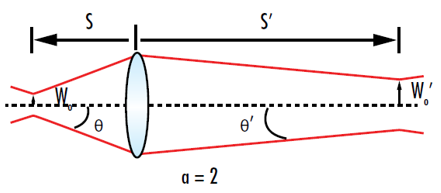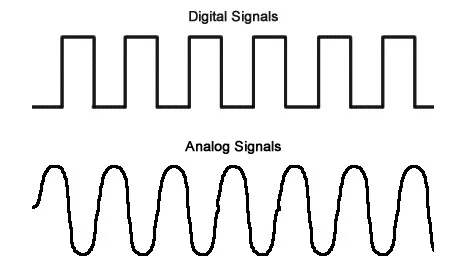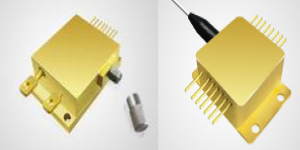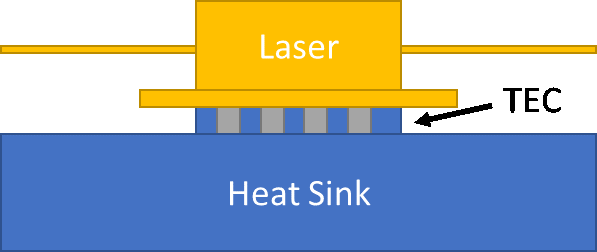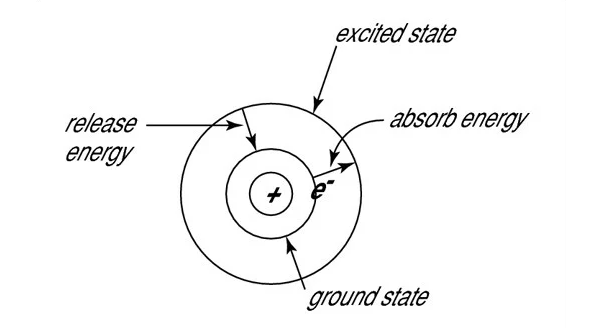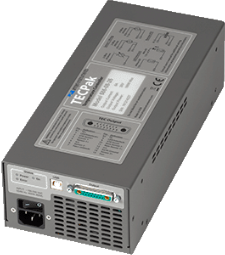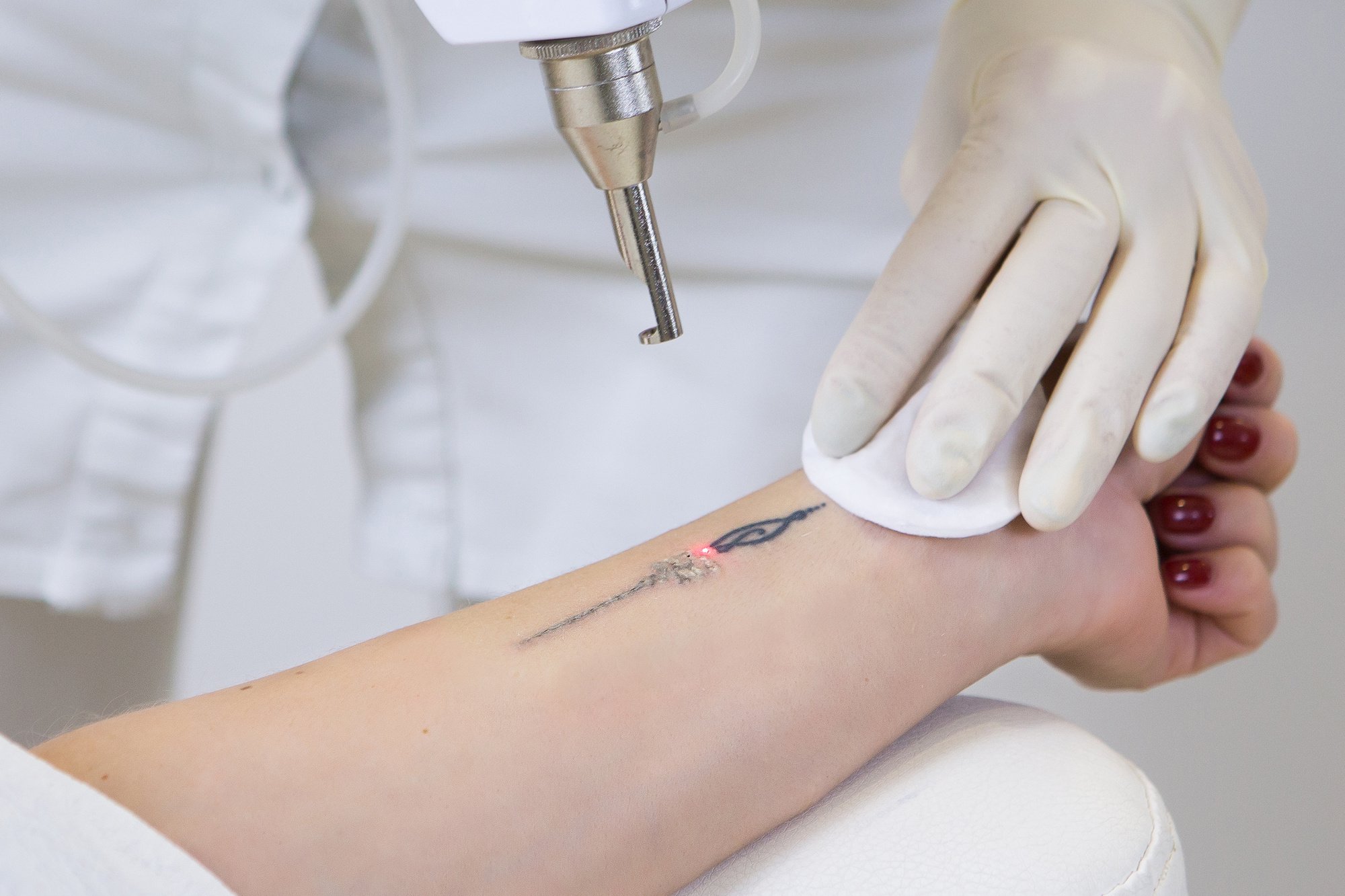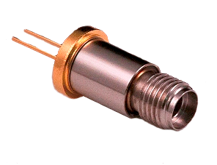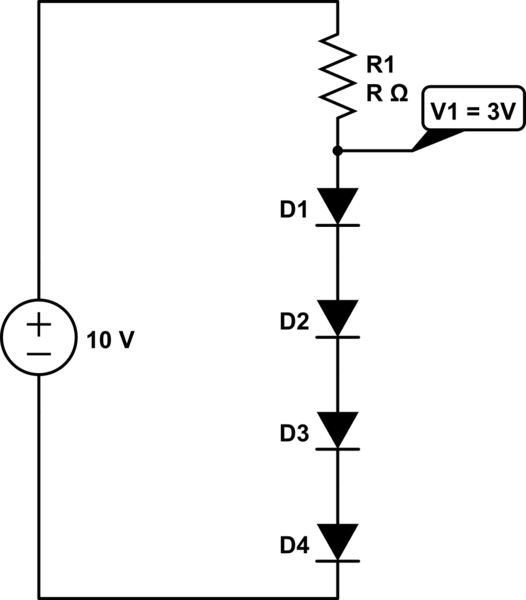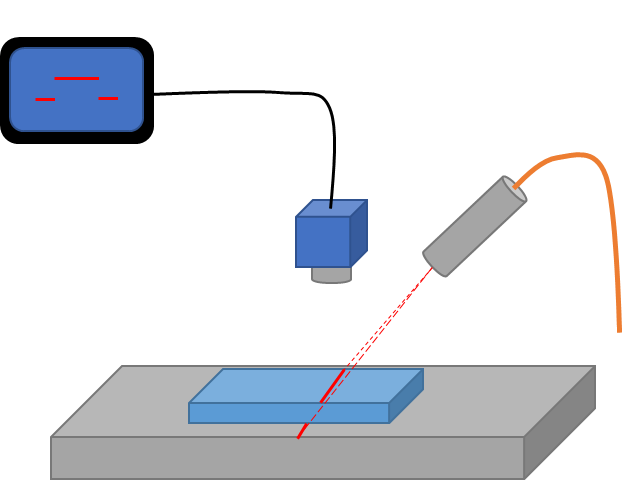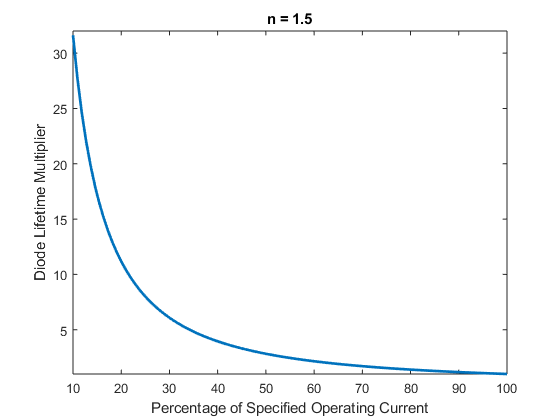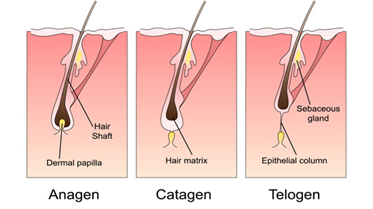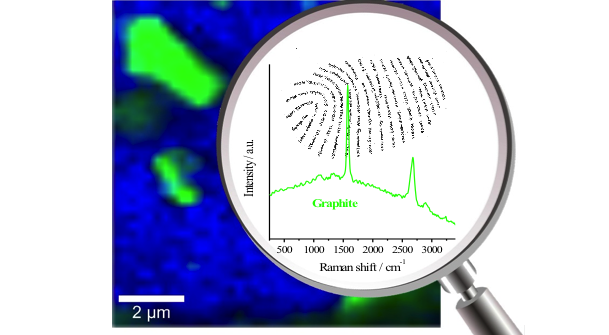How to get the right laser spot at the right distance. – Part 1
Building upon our recent series of blog posts on fiber-coupled diode lasers, we now turn our attention to how you can manipulate the laser light coming out of a fiber. Perhaps the most common question we get here at RPMC, is how to get a specific laser spot size at a given distance. This seemingly simple question of “which lens should I use?” or “how to get the right laser spot at the right distance?” is actually a rather complex problem that is highly dependent on the particular type of fi… Read More

 SHIPS TODAY
SHIPS TODAY 